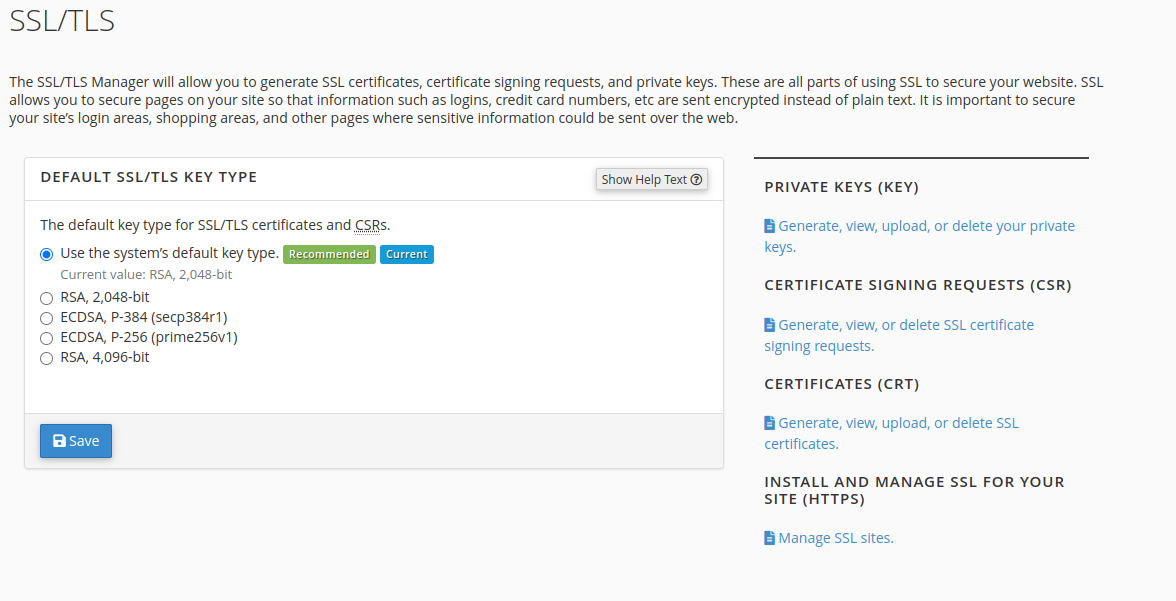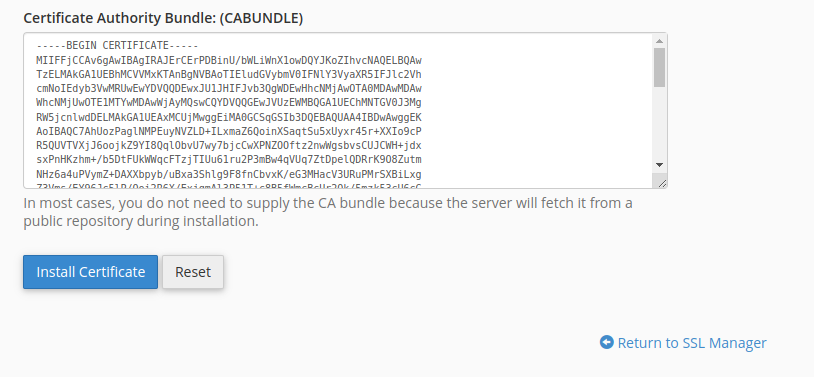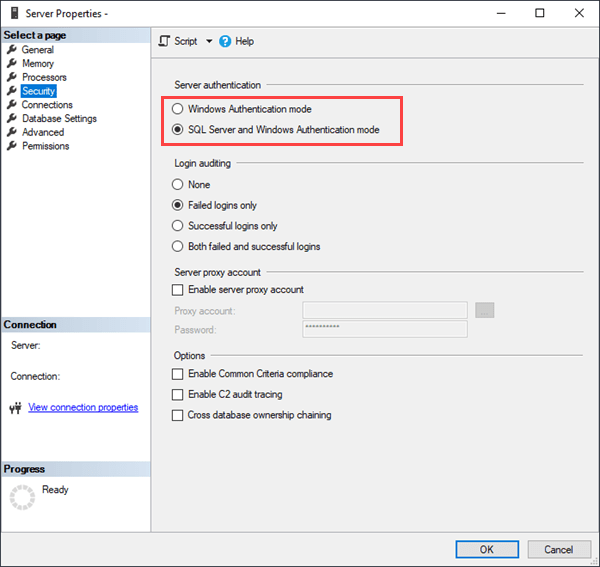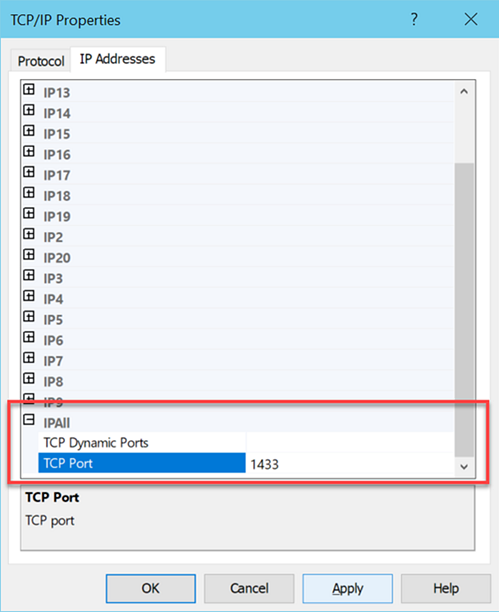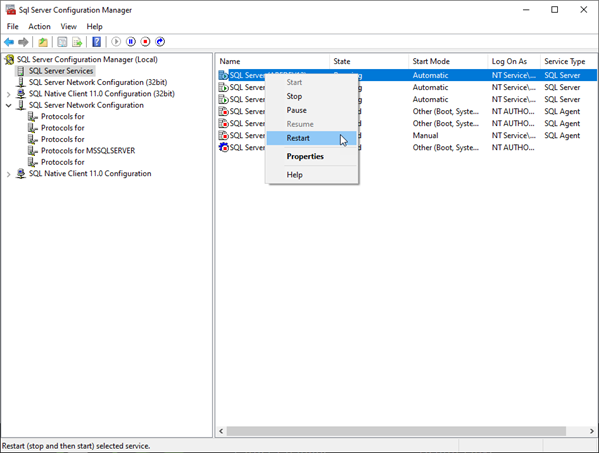Difference between Hong Kong VPS and Dedicated Server
e several factors that need to be considered. In this article we break down the main differences between Hong Kong Virtual and Dedicated Servers so we can help you make the right choice.
When it comes to choosing between a Hong Kong VPS server and a Hong Kong dedicated server, there are several factors that need to be considered. In this article we break down the main differences between Hong Kong Virtual and Dedicated Servers so we can help you make the right choice.
Metric 1: Performance
First and foremost, you need to determine your specific needs in terms of performance, uptime, and load times. If you are running a website or application that requires maximum uptime and consistently fast load times, then a dedicated server may be the best option for you.
Metric 2: Advanced Requirements / Customization
Customization and flexibility are also important factors to consider when choosing between these two types of servers. With a dedicated server, you have complete control over software installations and updates, which can be critical if you are running custom applications or using specialized software. Additionally, a dedicated server allows for greater customization and flexibility in terms of configuration options, which may be important if you have unique requirements that cannot be easily accommodated with a standardized VPS hosting solution.
Metric 3: Cost
On the other hand, if cost is a primary concern and you are comfortable sharing resources with other users, then a VPS server may be the most appropriate option. VPS servers offer many of the benefits of a dedicated server at a lower cost, making them a popular choice for businesses and individuals who are looking for a more affordable hosting solution.
Summary
Ultimately, the decision between a Hong Kong VPS server and a Hong Kong dedicated server depends on a number of factors, including your specific needs and budget. It is important to carefully evaluate your options and choose the solution that best meets your needs in terms of performance, flexibility, and cost-effectiveness.
Contact NetShop ISP for a free consultation to discuss your bespoke requirements and advise you on the most suitable option, between a Virtual and Dedicated Server in Hong Kong, for your particular project.

